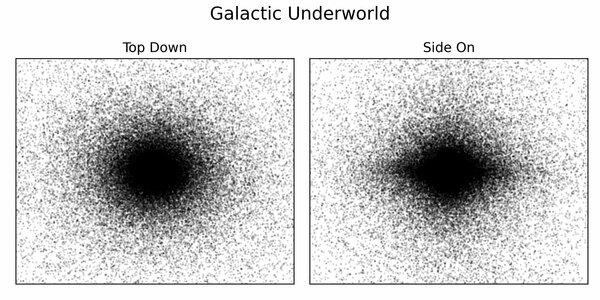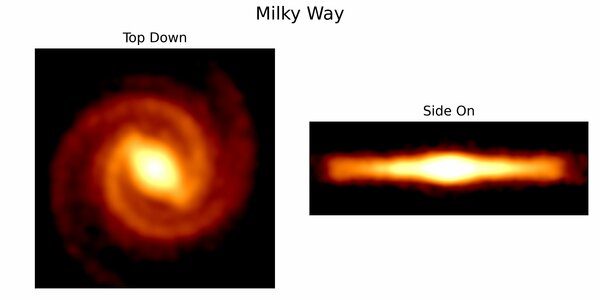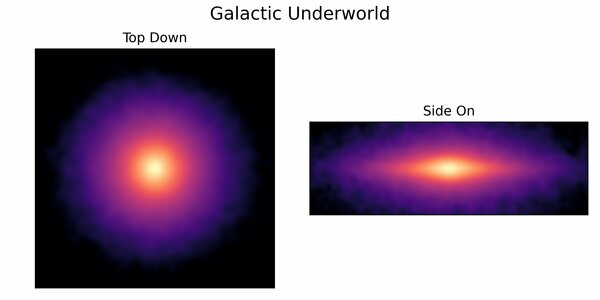Astronomers have created the first map of the “galactic graveyard”, which marked the “corpses” of once massive stars that turned into black holes and neutron stars. This is a whole cemetery, three times the size of the Milky Way, and its third part of the objects thrown out of the galaxy. The remnants of dead stars show a fundamentally different distribution and structure compared to the visible galaxy.
Neutron stars and black holes form when massive stars eight times the size of the Sun run out of fuel and suddenly collapse. This sets off an uncontrolled reaction that rips the outer parts of the star apart in a giant supernova explosion, while the core continues to shrink on its own until it becomes either a neutron star or a black hole.

Despite the fact that billions of stars formed during the existence of our galaxy, the remains of dead stars were thrown into the darkness of interstellar space and slipped out of sight of astronomers. Researchers have painstakingly reconstructed their full life cycle and created the first detailed map showing where they are now. The most difficult thing for scientists is the search for these objects. Supernova explosions are asymmetric, and the remnants of stars are ejected at a very high speed in a random direction. But if you know the strength of the explosion and the direction, then you can model which path and where exactly they are. True, here it is worth considering the complex orbits along which stellar remnants move.


The characteristic spiral arms of the Milky Way are missing from the generated maps, as they are completely blurred due to the age of most of the remnants and the influence of supernova energy impacts. A side view shows that the “galactic graveyard” has a more “inflated” appearance than the Milky Way. This is the result of the kinetic energy created by supernovae. But the most surprising discovery for scientists was that about 30% of neutron stars are ejected into intergalactic space due to an explosion. Some remnants orbit the Sun at a distance of only 65 light-years from us. By galactic standards, it’s about the size of a backyard.
Source: Trash Box
With 6 years of experience, I bring to the table captivating and informative writing in the world news category. My expertise covers a range of industries, including tourism, technology, forex and stocks. From brief social media posts to in-depth articles, I am dedicated to creating compelling content for various platforms.







